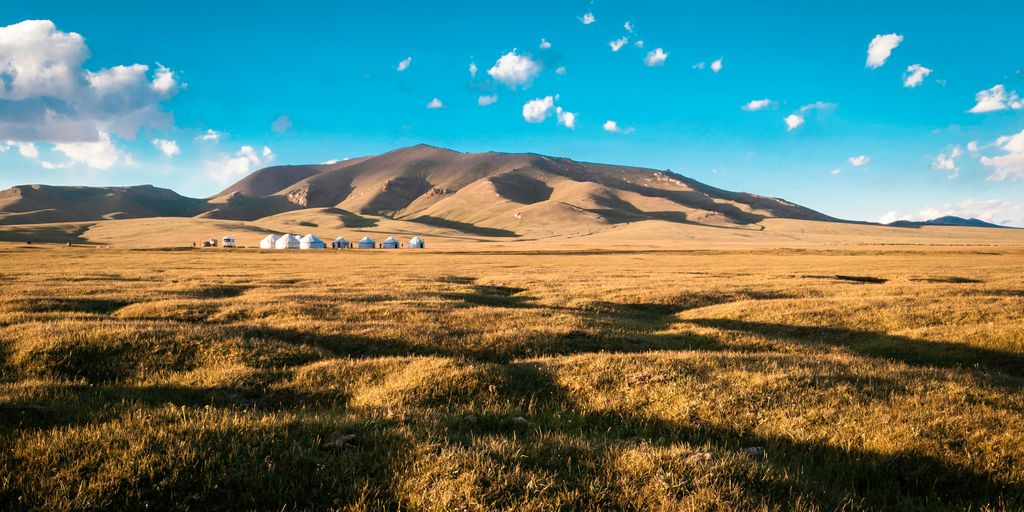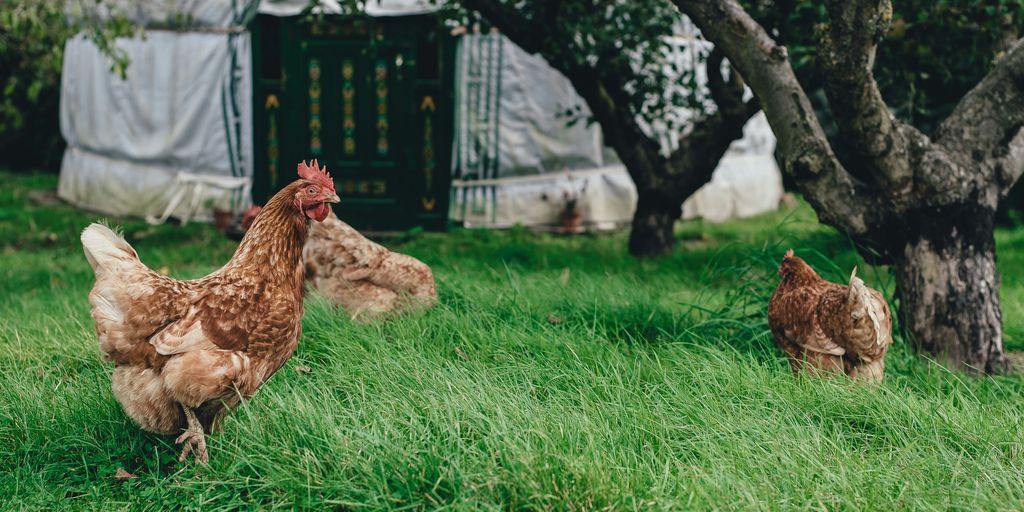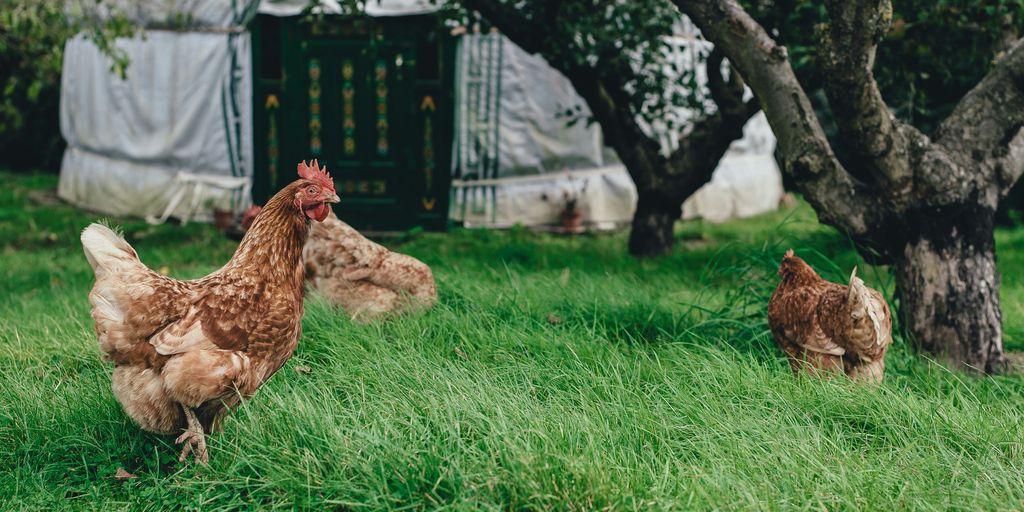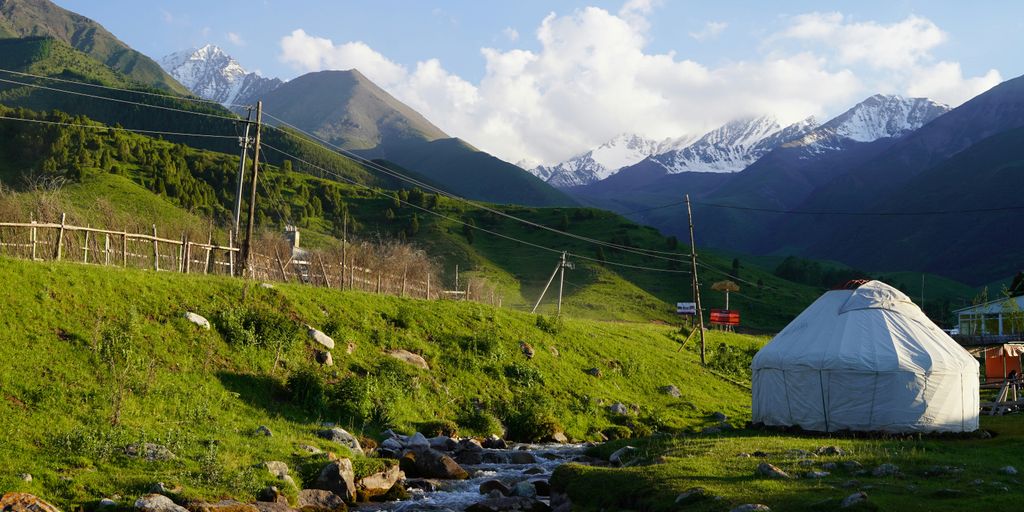The Ultimate Guide to Buying a Yurt: What You Need to Know
Buying a yurt and living off the grid can be one of the most exciting and rewarding decisions you’ll ever make. However, it can also be quite confusing and nerve-wracking with so many details to consider. This guide will take you through everything you need to know before purchasing your yurt, helping you avoid common pitfalls and ensuring a smooth transition to yurt living.
Key Takeaways
- Understand the difference between traditional and modern yurts to choose the right one for you.
- Consider the materials used in yurt construction for durability and comfort.
- Evaluate your land and climate to find the perfect location for your yurt.
- Budget for initial costs, ongoing maintenance, and necessary permits.
- Familiarise yourself with the setup and maintenance process to keep your yurt in top condition.
Understanding Yurt Structures
Yurts are fascinating structures with a rich history and unique design. Let’s dive into what makes them so special.
Traditional vs Modern Yurts
Traditional yurts have been used for centuries by nomadic cultures. They are known for their durability and ability to withstand harsh conditions like wind, rain, and heavy snow. The wooden lattice frame links with interlocking beams, and ropes and pegs secure it. The roof consists of multiple layers of felt or canvas, providing excellent insulation and strength.
Modern yurts, on the other hand, use durable materials like steel frames, waterproof fabrics, and UV-resistant insulation. They also have options for additional structural upgrades, making them suitable for various weather elements.
Materials Used in Yurt Construction
Yurts are typically made from a combination of wood, fabric, and insulation materials. The frame and support system usually consist of a lattice wall, a central compression ring, and roof poles that radiate from the centre. This framework creates a stable structure capable of withstanding various weather conditions.
Here’s a quick comparison of materials used in traditional and modern yurts:
| Component | Traditional Yurts | Modern Yurts |
|---|---|---|
| Frame | Wooden lattice | Steel or aluminium |
| Cover | Felt or canvas | Waterproof fabrics |
| Insulation | Felt layers | UV-resistant insulation |
Insulation and Weatherproofing
Insulation is crucial for making a yurt comfortable in different climates. Traditional yurts use multiple layers of felt for insulation, which works well in cold climates. Modern yurts, however, use advanced materials like UV-resistant insulation and waterproof fabrics to provide better protection against the elements.
A well-insulated yurt can keep you warm in the winter and cool in the summer, making it a versatile living space.
In addition to insulation, weatherproofing is essential. Modern yurts often come with additional features like rain gutters and snow guards to enhance their durability and comfort.
Choosing the Right Size and Design
Selecting the optimal size for your yurt is your first big decision. The larger the yurt, the more it will cost to buy, maintain, heat, and cool. Think about what you need the space for. If you’re planning to live in it full-time, a larger size is advisable. For a glamping business, consider what amenities you can fit inside to attract guests, like a kitchen, bathroom, and seating area.
Determining Your Space Needs
When figuring out your space needs, consider how many people will be using the yurt and what activities you’ll be doing inside. A family with kids will need more space than a single person. Also, think about the height of the yurt. Taller yurts feel more spacious and can accommodate lofts for extra sleeping or storage.
Popular Yurt Designs
There are many yurt designs to choose from. Traditional yurts have a circular shape and a central support column. Modern yurts might have more windows and doors, and some even come with a second story. Decide what features are important to you. Do you want lots of natural light? Or maybe you need extra doors for easy access?
Customisation Options
Yurts can be customised in many ways. You can choose the colour of the fabric, the type of windows, and even the kind of door. Some companies offer insulation packages for colder climates. Think about what will make your yurt comfortable and functional for your needs.
When buying yurts for sale, it’s important to determine your needs and budget, research reputable manufacturers, choose the right location, and consider the customisation options available.
Finding the Perfect Location

Choosing the right spot for your yurt is crucial. Spend some time observing how the sun moves around your garden. Look for areas that get plenty of sunlight but also have some shade. Selecting the ideal location can make all the difference in your yurt experience.
Essential Features and Accessories
When it comes to making your yurt feel like home, there are a few essential features and accessories you shouldn’t overlook. Let’s dive into the must-haves for a comfortable and functional yurt living experience.
Budgeting for Your Yurt Purchase
When considering the cost of a yurt, it’s essential to weigh the expenses carefully. Yurts are generally more affordable to construct than traditional houses but pricier than basic camping tents. Complete yurt kits can reach high five-figure prices. Before committing to a yurt, it’s crucial to assess all aspects to avoid any potential risks or financial strain. When ready to invest in a yurt, ensure the reputation of the manufacturer is reliable and the materials are suitable for your location and climate. Researching the cost of yurts in your area is vital as prices can vary significantly depending on the region.
Setting Up and Maintaining Your Yurt
Setting up a yurt might seem like a lot of work, but it’s worth it for the comfort and convenience it brings. Here’s a friendly guide to help you through the process and keep your yurt in top shape.
Step-by-Step Setup Guide
- Choose a level and clear spot for your yurt. This will ensure stability and comfort.
- Lay down a groundsheet to protect the base of your yurt.
- Assemble the yurt frame according to the instructions. This usually involves connecting the poles and securing them with ropes.
- Attach the fabric cover to the frame, making sure it is taut and secure.
- Stake down the base and secure the walls and roof with ropes and ground stakes.
Seasonal Maintenance Tips
Regular maintenance is key to keeping your yurt in good condition. Here are some tips:
- Check for any tears or holes in the fabric and repair them promptly.
- Clean the exterior and interior regularly to prevent mould and mildew.
- Ensure proper ventilation to avoid condensation issues.
- Inspect the ropes and stakes to make sure they are still secure.
A well-maintained yurt can last for many years, providing a cosy and comfortable living space.
Troubleshooting Common Issues
Even with the best care, you might encounter some problems. Here’s how to handle them:
- Condensation: Improve ventilation by opening windows or using a dehumidifier.
- Leaks: Check the fabric for holes and patch them up. Ensure the cover is properly secured.
- Structural issues: Inspect the frame for any damage and replace broken parts as needed.
Remember, setting up and maintaining a yurt is a team effort. Don’t hesitate to ask for help when you need it!
Living in a Yurt: What to Expect
Daily Life in a Yurt
Living in a yurt is a unique experience. You get to enjoy the simplicity and closeness to nature. However, it’s important to think about privacy and access to resources like grocery stores and healthcare. You might also need to consider how you’d feel about strangers occupying your yurt rental or having family members live nearby.
Community and Social Aspects
Yurt living often means being part of a close-knit community. You might find yourself sharing resources and helping each other out. It’s a great way to build strong relationships and enjoy a sense of belonging. But remember, living in a yurt can also mean less privacy, so be prepared for that.
Challenges and Rewards
There are definitely challenges to living in a yurt. Weather can be a big factor, and you’ll need to make sure your yurt is well-insulated and weatherproofed. On the other hand, the rewards are plentiful. You get to live in a cosy, comfortable space that feels like home. Plus, you have the added benefit of being surrounded by nature, which can be incredibly refreshing and inspiring.
Making your yurt comfortable and practical is key to enjoying your experience. Think about interior design and smart storage solutions to make the most of your space.
Living in a yurt is a unique experience that combines the charm of traditional nomadic life with modern comforts. Imagine waking up to the sound of nature, surrounded by the beauty of the outdoors, all while enjoying the cosy warmth of your yurt. Curious to learn more about yurt living? Visit our website for more information and to book your stay today!
Conclusion
In conclusion, buying a yurt can be an exciting adventure that brings you closer to nature and offers a unique living experience. This guide has walked you through the essential steps and considerations, from choosing the right yurt to setting it up and making it your own. Remember, while the process may seem overwhelming at first, taking it one step at a time will make it manageable and enjoyable. Whether you’re looking for a cosy retreat or a new way of life, a yurt can be a fantastic choice. Happy yurt living!
Frequently Asked Questions
What is the difference between a traditional and a modern yurt?
Traditional yurts are made with natural materials like wood and felt. Modern yurts use materials like metal and synthetic fabrics, which make them more durable and weather-resistant.
How do I know what size yurt I need?
Think about how much space you will need for living, cooking, and sleeping. Also, consider if you will have guests or need extra space for storage.
Can I customise my yurt?
Yes, many companies offer customisation options. You can choose the size, design, and even add features like extra windows or a wood stove.
Where is the best place to set up a yurt?
Look for a flat, stable piece of land. Also, consider the climate and how easy it will be to get utilities like water and electricity.
What are the ongoing costs of owning a yurt?
You will need to budget for maintenance, utilities, and possibly insurance. Also, think about any permits you might need.
Is living in a yurt difficult?
Living in a yurt can be a big change. It might be challenging at first, but many people find it rewarding and enjoy the simpler lifestyle.





